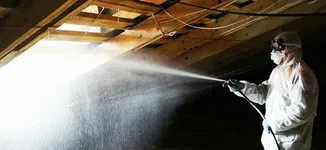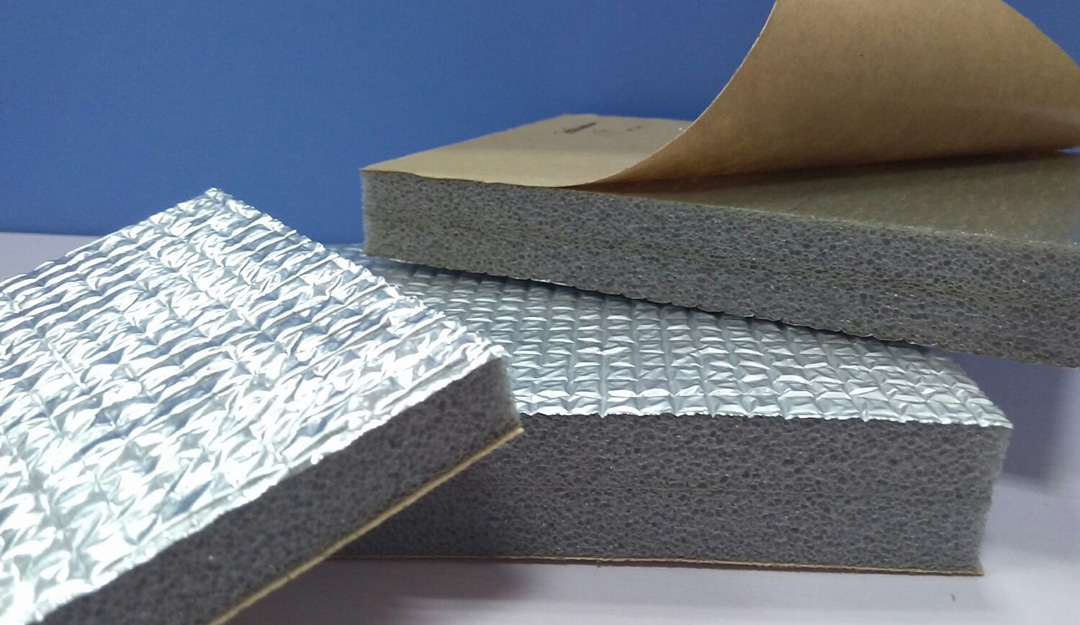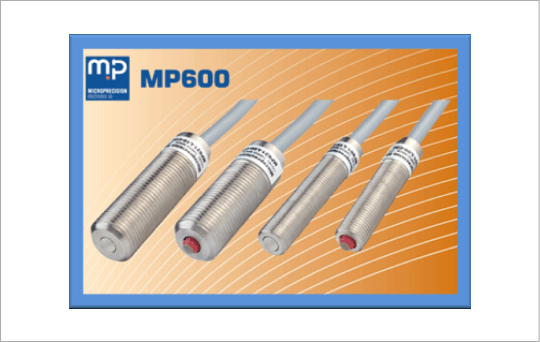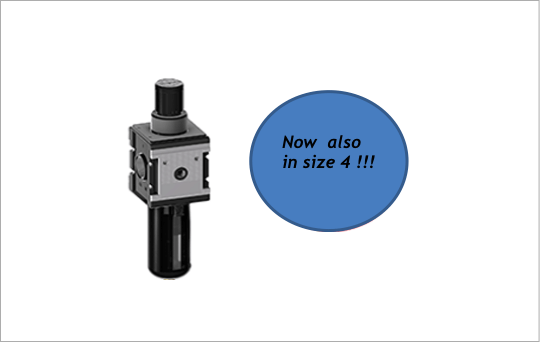Thermal insulation is a material that is used to prevent or reduce the transfer of heat. Below you will learn about the most common material used as Thermal Insulator. Keep on reading.
What is a Thermal Insulator?
Thermal insulation is a material that resists the passage of heat. It is used in construction and mechanical engineering to decrease heat transfer and reduce energy consumption and greenhouse gas emissions. Thermal insulation may be made of natural or synthetic materials as a solid, liquid, or gas.
There are three types of heat transfer: conduction, convection, and radiation. Thermal insulation works by impeding one or more of these transfer mechanisms. For example, foam insulation boards block heat conduction by creating an air barrier; fiberglass batting or cellulose loose-fill intercepts convection currents, and reflective aluminum foil or bubble wrap blocks radiant heat.
Thermal insulation is an important part of energy efficiency and should be considered when constructing or retrofitting a building. When selecting a type of insulation, it is important to consider the climate, the type of heating and cooling system in the building, and the desired level of energy efficiency.
What are Common Materials Used as Thermal Insulators?
The three most common forms of thermal insulation are fiberglass, mineral wool, and cellulose, and each material has its unique set of benefits and drawbacks.
Fiberglass
Fiberglass is the most common type of thermal insulation. It is made from glass fibers spun into a mat and bonded together with a resin. Fiberglass has a very high R-value, meaning it is very effective at preventing heat transfer. However, it is also very flammable and can cause skin irritation.
Mineral wool
Mineral wool is another common thermal insulation type, made from rock or slag spun into a fiber. Mineral wool has a high R-value and is not flammable. However, it can cause skin irritation and is difficult to work with.
Cellulose
Cellulose is the least common type of thermal insulation, and it is made from recycled paper that has been treated with chemicals to make it fire resistant. Cellulose has a lower R-value than fiberglass or mineral wool, but it is not flammable and is easy to work with.
Thermal insulation is an important part of many energy efficiency projects. Choosing the right type of insulation from Prime Tech Inc USA is critical to the project’s success. Each type of insulation has its own unique set of benefits and drawbacks. It is important to consider all of these factors when choosing the best thermal insulation for your needs.
Last Words
Thermal insulation is a material that is typically used to prevent the transfer of heat. In buildings, thermal insulation is very important for energy efficiency and heating costs. Many materials can be used as thermal insulation, including fiberglass, cellulose, rock wool, and polystyrene. Each type of material has its advantages and disadvantages. Choosing the right type of insulation for your specific needs is important.






